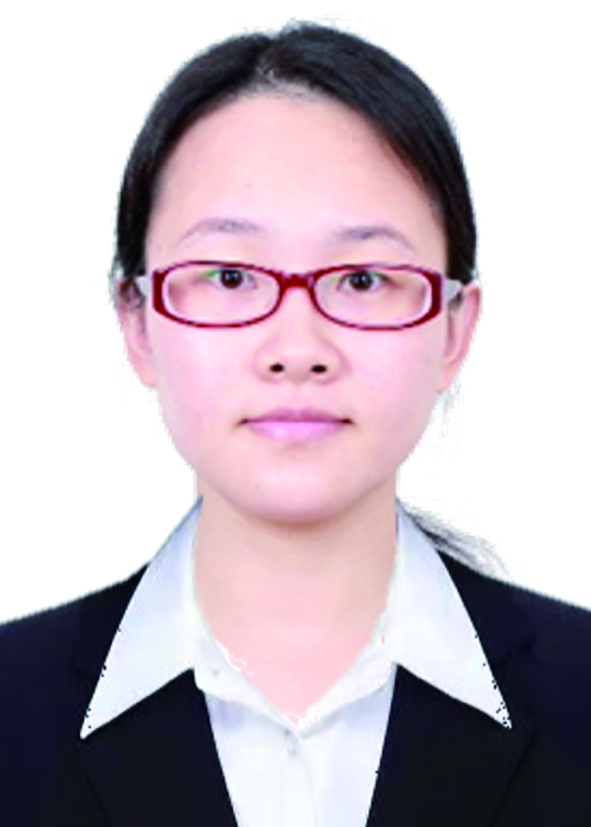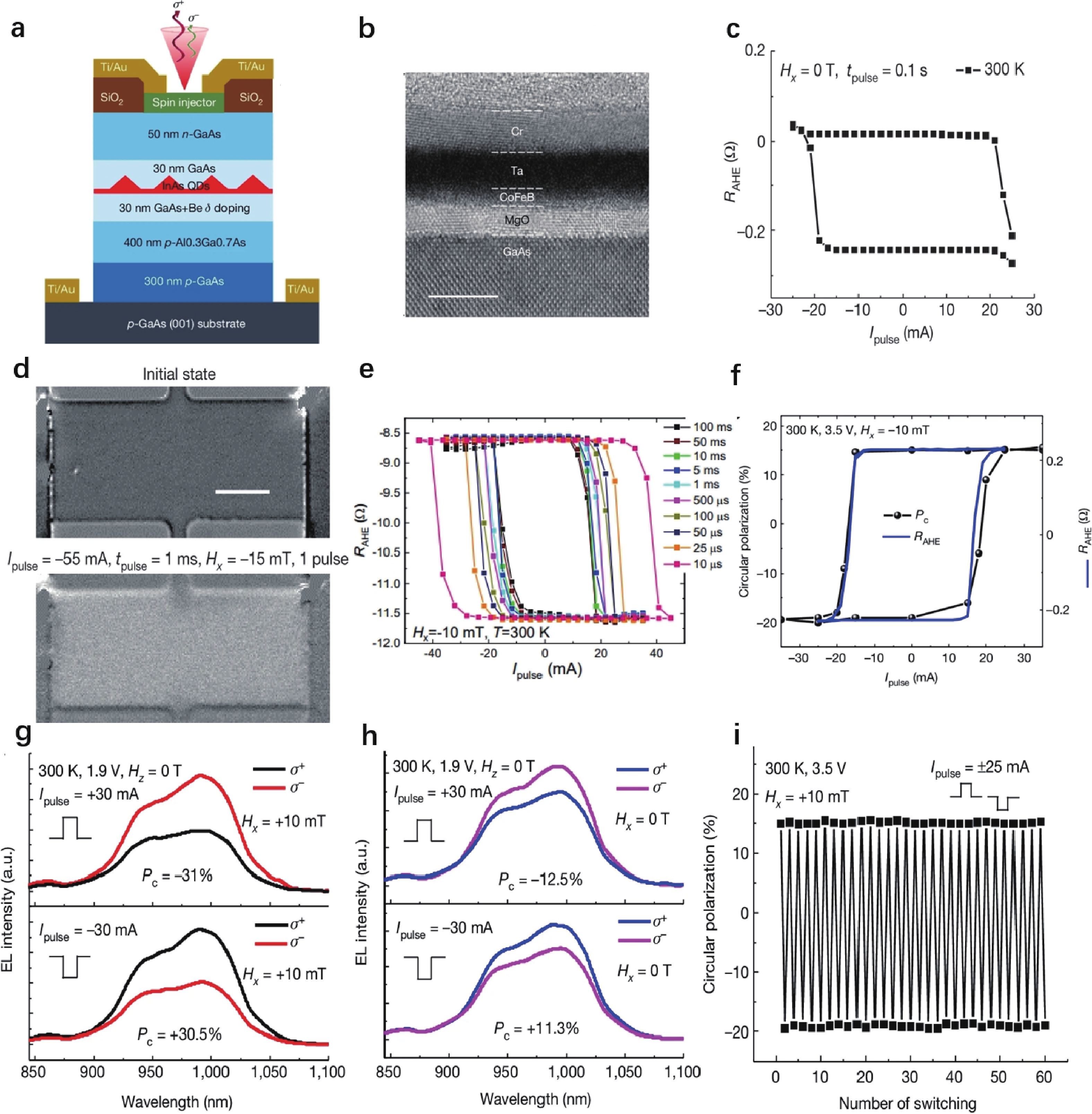| Citation: |
Yongping Wei, Yaping Wu. Electrically switchable helicity of light driven by the spin−orbit torque effect[J]. Journal of Semiconductors, 2024, 45(11): 110402. doi: 10.1088/1674-4926/24080048
****
Y P Wei and Y P Wu, Electrically switchable helicity of light driven by the spin−orbit torque effect[J]. J. Semicond., 2024, 45(11), 110402 doi: 10.1088/1674-4926/24080048
|
Electrically switchable helicity of light driven by the spin−orbit torque effect
DOI: 10.1088/1674-4926/24080048
More Information
-
References
[1] Thakur K, Pathan A S K, Ismat S. Emerging ICT technologies and cybersecurity: From AI and ML to other futuristic technologies. Cham: Springer Nature Switzerland, 2023[2] Masanet E, Shehabi A, Lei N A, et al. Recalibrating global data center energy-use estimates. Science, 2020, 367(6481), 984 doi: 10.1126/science.aba3758[3] Farshchi R, Ramsteiner M, Herfort J, et al. Optical communication of spin information between light emitting diodes. Appl Phys Lett, 2011, 98(16), 162508 doi: 10.1063/1.3582917[4] Asshoff P, Merz A, Kalt H, et al. A spintronic source of circularly polarized single photons. Appl Phys Lett, 2011, 98(11), 112106 doi: 10.1063/1.3564893[5] Song I, Ahn J, Ahn H, et al. Helical polymers for dissymmetric circularly polarized light imaging. Nature, 2023, 617(7959), 92 doi: 10.1038/s41586-023-05877-0[6] Kim D Y. Potential application of spintronic light-emitting diode to binocular vision for three-dimensional display technology. J Korean Phys Soc, 2006, 49, S505[7] Lew W S, Lim G J, Dananjaya P A. Emerging non-volatile memory technologies: Physics, engineering, and applications. Singapore: Springer Singapore, 2021[8] Dainone P A, Prestes N F, Renucci P, et al. Controlling the helicity of light by electrical magnetization switching. Nature, 2024, 627(8005), 783 doi: 10.1038/s41586-024-07125-5[9] Faria P E Jr, Xu G F, Lee J, et al. Toward high-frequency operation of spin lasers. Phys Rev B, 2015, 92(7), 075311 doi: 10.1103/PhysRevB.92.075311[10] Kim Y H, Zhai Y X, Lu H P, et al. Chiral-induced spin selectivity enables a room-temperature spin light-emitting diode. Science, 2021, 371(6534), 1129 doi: 10.1126/science.abf5291[11] Wu X F, Li X, Kang W Y, et al. Topology-induced chiral photon emission from a large-scale meron lattice. Nat Electron, 2023, 6(7), 516 doi: 10.1038/s41928-023-00990-4[12] Gmitra M, Fabian J. Graphene on transition-metal dichalcogenides: A platform for proximity spin-orbit physics and optospintronics. Phys Rev B, 2015, 92(15), 155403 doi: 10.1103/PhysRevB.92.155403 -
Proportional views





 Yongping Wei is a master’s degree student majoring in microelectronics and solid-state electronics in Xiamen University. His research interests focus on the regulation of nitride spin injection and device applications based on topological spin tunnel junctions.
Yongping Wei is a master’s degree student majoring in microelectronics and solid-state electronics in Xiamen University. His research interests focus on the regulation of nitride spin injection and device applications based on topological spin tunnel junctions. Yaping Wu received her PhD degree in microelectronics and solid-state electronics from Xiamen University and is now a professor and doctoral supervisor at the Department of Physics, Xiamen University. She has long been dedicated to the research of new structural materials and new functional devices, including wide bandgap semiconductor optoelectronic devices, quantum structures and devices, and spintronics.
Yaping Wu received her PhD degree in microelectronics and solid-state electronics from Xiamen University and is now a professor and doctoral supervisor at the Department of Physics, Xiamen University. She has long been dedicated to the research of new structural materials and new functional devices, including wide bandgap semiconductor optoelectronic devices, quantum structures and devices, and spintronics.
 DownLoad:
DownLoad:














